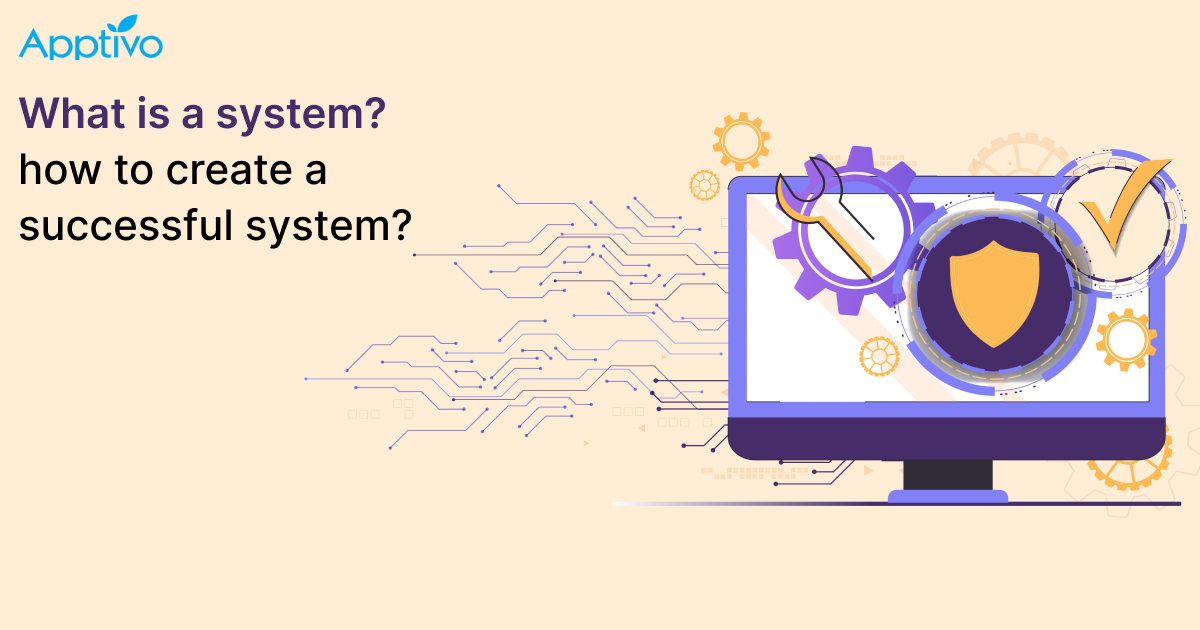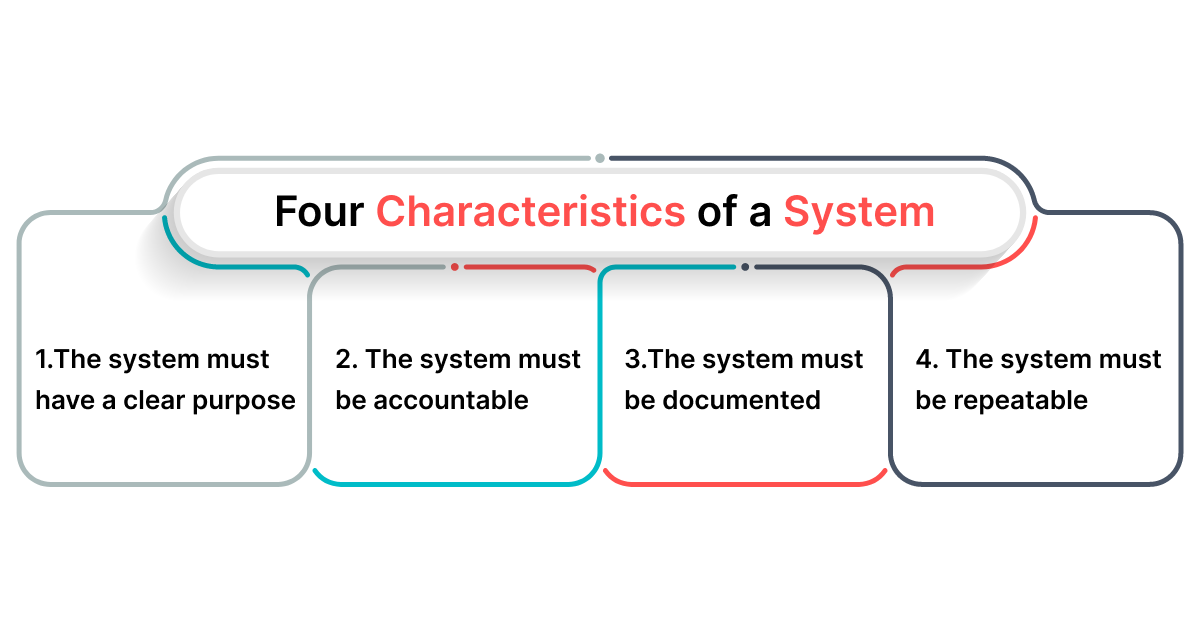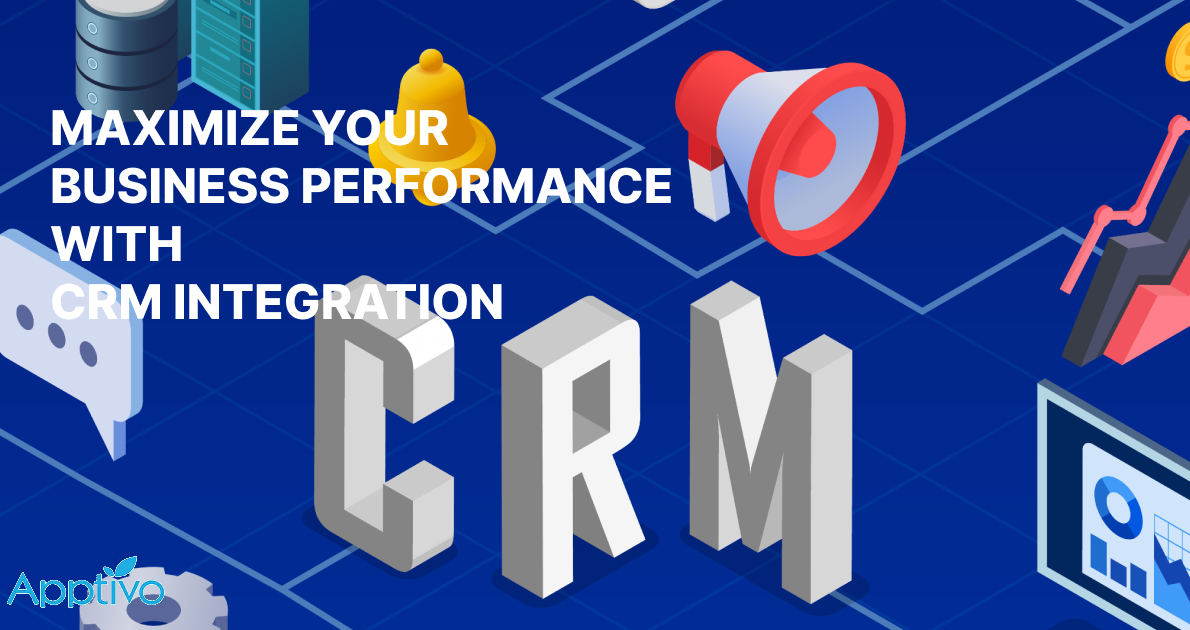 |
Introduction
A system is an organized collection of subsystems needed to attain a specific goal. Many different inputs maketh a system which will help deliver the desired outcomes. Usually a system is made up of smaller subsystems. If one smaller sub system fails, the entire system fails to operate. The systems might vary from simple to complex, and there are numerous types of systems available in the market. Each system has its own processes, methods, inputs and outcomes. The nature of the system is systematic and if any part or activities in the system is misaligned, it would cause problems to the entire system as a whole.
Definition of a system
 |
What are the four types of system?
 |
1.Physical or abstract systems:
Physical systems are tangible attributes that might be static or dynamic in nature. Abstract systems are non-physical or non tangible entities which establish relationships among variables.
2.Open or closed systems:
An open system is the one that interacts with its own environment. It also receives inputs and delivers the outputs. These kinds of systems are ever changing and they adapt to the demands of the user. A closed system is one which isolates from its own environment. In today’s world, closed systems are considered rare.
3.Deterministic or probabilistic systems:
A deterministic system is the occurrence of all predictable events. The description of a particular system at a particular time will help to predict the next state. Probabilistic system is the occurrence of probabilistic events which can’t be easily predicted.
4.Man-made information systems:
It is true that information reduces the amount of uncertainty about a particular event or state. Information is the interaction between the analyst and the user. It also explains the nature of the relationship among the different decision makers. An information system indicates the devices, the procedures and the operating system required to produce information and communicate to the user for further planning, control and performance.
What are the four characteristics of a system?
 |
- The system must have a real purpose. One needs to know the desired result of the system.
- The system must be accountable. In order to accomplish its goal, it is important to know who is responsible for executing each step of the system during a determined period of time.
- It is essential to document the system in the knowledge base. A system usually has an endless variety of interpretations, which needs to be written down in the report. Employees are usually expected to follow the instructions.
- The system must be repeatable. The systems need to work even if you are not present to execute it.
What is the difference between a tool, system and process?
The systems and processes are vital for the businesses to work in an effective way. It will help save time, money and effort. In order to grow and scale your business, systems and processes are essential. If you know your processes well enough, you will know what tools you require to run the business.
System:
A system is a core thing that your business needs. The system is what makes the business run as a whole. The marketing, sales, customer service, finance and technology are the business pillars within a business. For each system, we have subsystems. Social media and blog posts are considered as subsystems for marketing, while invoicing and estimates are subsystems for sales. Each and every system needs a subsystem for effective functioning.
Process:
A system needs a set of processes to work efficiently. Processes are a series of steps which helps to implement those systems. Delegation and outsourcing are processes within your systems. You have a list of steps to follow in order to make the system work.
Tools:
A tool is the things or machines we use on a daily basis. Be it software, applications, equipment and platforms. Tools make work easier. With the help of tools, we will be able to implement the steps within the processes which will make the systems work.
When the right tools, systems and processes work collectively, you can run the business effectively which will help to achieve goals faster without any hassles.
How to create a successful system for your business?
A system helps the business to become streamlined, productive and more profitable. A system is a set of processes, people, tools and strategies that helps you to work towards a unified goal. A system can assist from simple tasks to complicated tasks. Listed below are steps for creating a successful system for your business.
1.Identify the business activities:
You need a system that best fits the activities of your business. It could be any activity such as publishing blog posts, sending email campaigns, attending to customer support calls.,etc. You can also categorize the activities based on the business functions such as marketing, sales and finance.
1.1 Sales and Marketing
All the activities related to sales and marketing are done to attract the clients towards the company’s offerings. You either do content marketing, email marketing, advertising, product launches and other affiliate partnerships in order to reach your target audience.
1.2 Operations
Operations comprise everything you do at the back end of the business. It includes business planning, project and time management, email management, maintaining a website, setting goals for the quarter and much more.
1.3 Finance
Financial activities include everything you do with your liquid assets. It might also include maintaining payroll, bookkeeping, filing the taxes and affiliate payouts. Etc.,
2.Break down each and every activity
Once you decide upon the activities for your business, you need to break down the activities into tools, processes, people and strategies needed to complete those activities in an effective fashion.
Process – Includes the step by step procedure taken to implement the action.
Tools – The required devices or apps required to complete the activity.
People – The person/ employees involved in order to carry out each activity.
Strategies – The techniques, tips or tactics you devise in order to implement the activity successfully.
3.Identify ways to improve the effectiveness of the system
Every business needs a system that processes faster. They want their systems to streamline or automate the operations which will indeed reduce the workload and help in saving a lot of time. Also, the business also requires systems that eliminate the bottlenecks. The system has to bring in a lot of revenue for the organization. The businesses should follow a simple framework in order to improve the efficiency of a system.
3.1 Delete
You need to eliminate the task, or the processes or tools that are rather redundant, time consuming, irrelevant and unproductive for your business.
3.2 Defer
The businesses need to defer which part of the system might be helpful in the future but doesn’t have to be a part of the system at the present time.
3.3 Automate
The business has to analyze which tasks or processes can be automated with the help of software, applications or other tools. You need to also check if you need to upgrade from one tool to another.
3.4 Delegate
The teams have to discuss the tasks which consume a lot of time, energy and expertise. Also see which tasks stresses the team more and should find ways to delegate or outsource such tasks to others.
3.5 Consolidate
You have to consolidate the tasks and put them together which will help in faster completion of tasks.
4.Track and test
After being done with step 3, you have to track the important key factors related to the system and its impact. You need to measure the before, during and after of the process. The businesses need to track and measure the key performance indicators. This could be the profit margins, the conversion rate, the sales cycle and other financial ratios that help to determine the effectiveness of the system and its impact on the business.
5.Evaluate
After having tracked the KPIs, it is important to evaluate the system. You can do so by evaluating the system as a whole or dividing it into different components. You need to check if the system has actually solved the problem or helped you reach the goal. If it has not met the expectations, you need to find ways to improve the system to meet the goals.
Conclusion
Creating systems helps your businesses to stay streamlined, efficient and effective. You need to do some trial and error to figure out which systems work best for your business. For a system to be at its effective best, you need to follow the instructions given in this article.
Latest Blogs

Apptivo's Integration with Amazon SES for Outgoing Email Server
Amazon Simple Email Service (SES) is an email platform that provides an easy, cost-effective way to send and receive email using your email addresses and domains. Apptivo has migrated its email service to Amazon SES (Simple Email Service) to enhance the performance and reliability of our email services
Read more →
EXPLORING MULTI CHANNEL CUSTOMER SUPPORT SOFTWARE
1.What is customer service software? 2
Read more →
Maximize your business performance with seamless CRM Integration
1.What is CRM Integration? 2
Read more →
